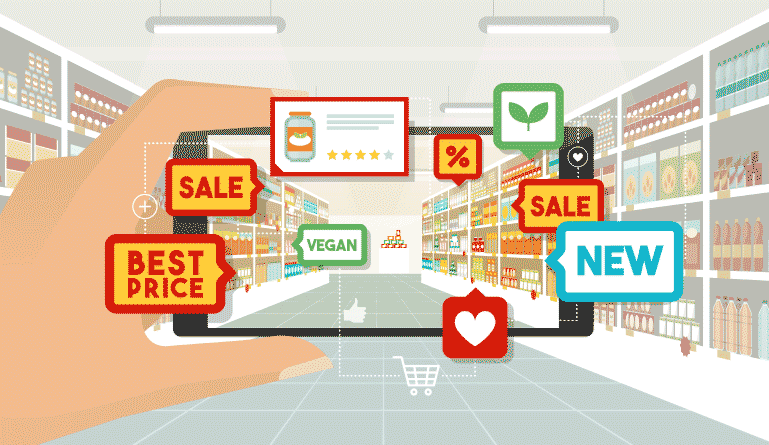The Potential of Augmented Reality in Retail: A Game-Changer for Customers and Businesses
The Future of Shopping: Augmented Reality Revolutionizing Retail
Imagine a world where shopping isn’t just about browsing through aisles or clicking through images online. Instead, it’s an immersive experience where you can try on clothes without stepping into a fitting room, customize products to your preferences, and explore detailed information about ingredients or materials with a simple scan of your smartphone. This is the power of augmented reality (AR) in retail, and it’s reshaping the way we shop.
Recent research shows that the AR market in retail is set to skyrocket, reaching over $61 billion by 2031. This exponential growth is fueled by advancements in smartphone technology and 3D rendering capabilities, making it easier than ever to blend the physical and digital worlds seamlessly.
What is Augmented Reality in Retail?
Augmented reality in retail is like adding a touch of magic to the shopping experience. It’s a technology that overlays digital content onto the real world through devices like smartphones or AR glasses, creating a unique blend of physical and digital elements. From trying on clothes virtually to visualizing furniture in your home, AR transforms the way we interact with products and brands.
But the benefits of AR in retail go beyond just enhancing the shopping experience. It also opens up new opportunities for customer engagement and interaction. Shoppers can now actively participate in decision-making processes, whether it’s exploring product features, comparing options, or receiving personalized recommendations based on their preferences.
Where can you Apply Augmented Reality in Retail? Key Use Cases
AR in retail offers a wide range of applications, from enhancing product packaging to providing interactive in-store navigation. Here are a few key use cases:
1. AR-enhanced product packaging
Transform ordinary product packaging into interactive experiences by scanning with your smartphone to unlock exclusive content like videos, games, or brand experiences.
2. AR-powered product customization
Offer interactive product customization experiences, allowing customers to tailor products to their unique preferences, enhancing the product value and customer experience.
3. Interactive ingredient labeling
Bring transparency to products by overlaying interactive ingredient labeling directly onto packaging, providing detailed information about contents and sustainability credentials.
4. AR-enabled in-store navigation
Simplify the shopping experience with interactive in-store navigation features, guiding customers seamlessly through aisles and maximizing their time interacting with products.
5. AR-powered product education
Enhance product education with interactive tutorials and demonstrations, empowering shoppers with the knowledge to make informed purchasing decisions.
Who Benefits from Augmented Reality in Retail?
AR in retail isn’t just a game-changer for customers—it also unlocks material gains for businesses. By offering immersive brand experiences, capturing attention, and providing valuable insights into customer behavior, AR technology can drive customer engagement, increase sales, and keep businesses ahead in a competitive market.
Implementing AR Solutions in Retail: What are the Steps?
To harness the power of augmented reality in retail, companies must follow a well-articulated roadmap, including defining objectives, choosing the right AR technology, developing AR content, integrating it into existing systems, procuring hardware, testing and optimizing, training staff, and monitoring performance.
As AR continues to gain traction in the retail sector, it’s clear that this technology is not just a trend but a fundamental shift in how we shop and sell. With major brands already experimenting with AR applications, the future of retail is set to be a truly immersive and interactive experience for both customers and businesses alike.
